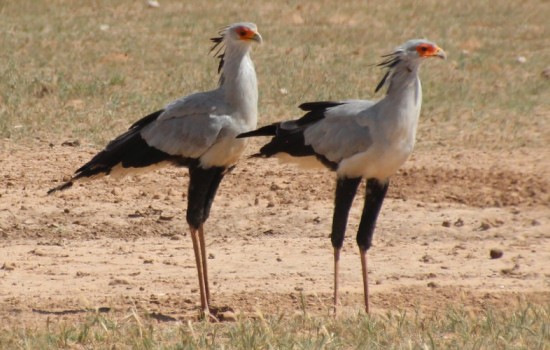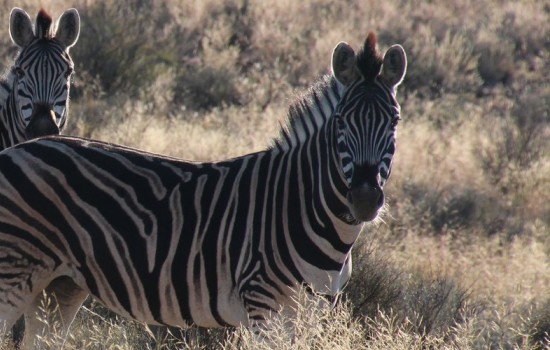Central Kalahari Game Reserve


Larger than Denmark or Switzerland, and bigger than Lesotho and Swaziland combined, the 52,800 square kilometre Central Kalahari Game Reserve, which was set up in 1961, is the second largest game reserve in the world. Situated right in the centre of Botswana, this reserve is characterised by vast open plains, saltpans and ancient riverbeds. Varying from sand dunes with many species of trees and shrubs in the north, to flat bushveld in the central area, the reserve is more heavily wooded in the south, with mophane forests to the south and east. Rainfall is sparse and sporadic and can vary from 170 to 700 millimetres per year.
The people commonly known throughout the world as Bushmen, but more properly referred to as the Basarwa or San, have been resident in and around the area for probably thousands of years. Originally nomadic hunters and gathers, the lifestyle of the Basarwa has gradually changed with the times and they now live in settlements, some of which are situated within the southern half of the Central Kalahari Game Reserve. Government is, however, encouraging these people to move to areas outside the reserve in order that they may be provided with modem facilities, schools, clinics, etc. and to integrate them into modern society.
Other fairly recent residents were Mark and Delia Owens, who spent many years in the Deception Valley area of the park undertaking research mainly on brown hyaena. They set up their camp in the northern section of Deception in a prime “tree island”, however tree islands are no longer used for camping in these days of more environmental awareness. The Owens’ book, “Cry of the Kalahari” brought the attention of readers to this previously little-visited area and even today many people refer to the Central Kalahari simply as Deception. The name “Deception” comes from a pan the dry surface of which sometimes appears convincingly full of water until one gets right to the edge.
Wildlife
Game viewing for animals which include giraffe, brown hyaena, warthog, wild dog, cheetah, leopard, lion, blue wildebeest, eland, gemsbok, kudu, red hartebeest and springbok, is best between December and April, when the animals tend to congregate in the pans and valleys. Visitors are warned that sleeping in the open without a tent is dangerous and foolhardy and that they should keep their tents fastened to prevent snakes, scorpions, etc. from gaining entry. Foodstuffs, etc. should not be kept in the tent but should be closed into the vehicle to avoid the unwanted attentions of lions and hyaenas.
Deception Valley
Deception Valley is all that remains of a sprawling riverbed that has long since dried up. Stretching across 80km of the Central Kalahari Game Reserve’s north, the valley is now covered with short grass, dotted with the occasional island of bushy trees. Some of the roots of the larger trees extend as far as 50m below the surface to the water table, enabling them to survive the dry winters.
The low canopies of these tree grove islands, usually made up of umbrella thorn (Acacia tortilis) and buffalo thorn (Ziziphus mucronata) provide shelter for game during the heat of the day and one can often see lion dozing in the shade of these thickets.
The fossil valley was first brought to the world’s attention in 1985, by the book Cry of the Kalahari written by Mark and Delia Owens, who lived on the pan for seven years studying the brown hyaena that live here.


